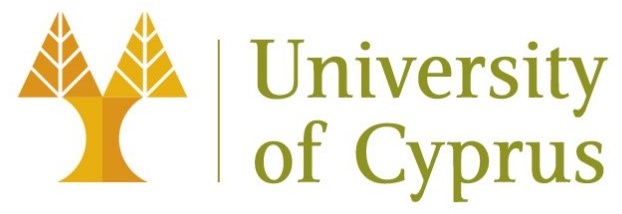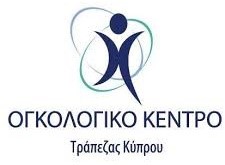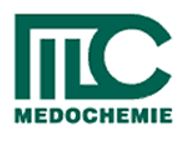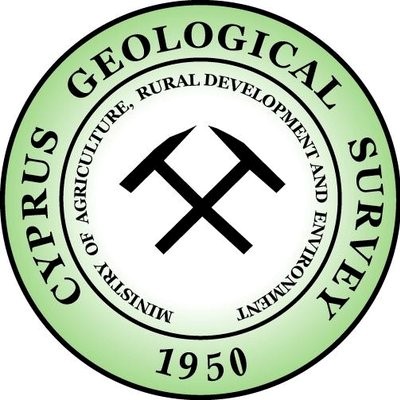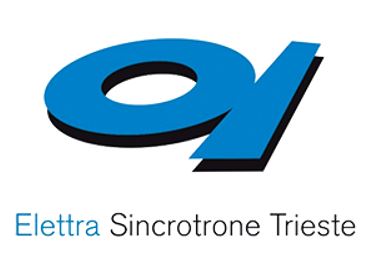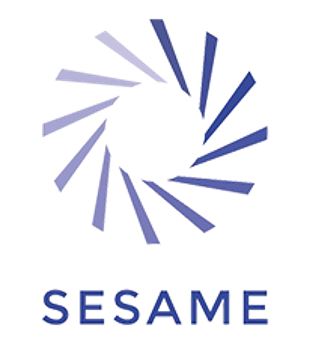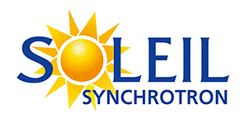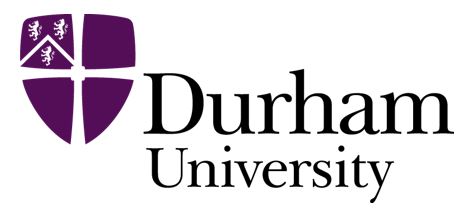Researcher's Night | 16 April 2022 Researcher's Night
The annual event is an initiative of the European Commission and is funded through the Marie Sklodowska Curie Actions (MSCA) of the EU’s Framework-Programme for Research and Innovation. The main objective of the event is to nurture a research and innovation culture and raise awareness with regards to the research activity implemented by universities, research centres and innovative companies in our country. More than 1,500,000 visitors take part each year in this science and research festival.
PHYSICS MATTERS I Thursday, 24th of February 2022
Join Prof. Kirsi Lorentz for her talk Physics Matters in (Bio)archaeology: Metals, human health, and beyond to learn about bioarchaeology. Abstract: Health is a critical factor for individuals, societies, and economies to thrive. Human metal exposure is topical today and has affected humanity since the first exploitation of metals, at the core of our civilization. This presentation highlights how physics matters in the study of this topic, specifically through the use of synchrotron light, X-ray Fluorescence (SR-XRF), and X-ray absorption fine structure (XAFS) in particular, used to explore not only the presence but crucially in the context of human health, the speciation of heavy metals in ancient human tissues, including bone, dental tissues, hair, and skin. Metals such as lead (Pb), arsenic (As), and copper (Cu), were mined, manufactured, and used at ancient archaeological sites, enabling technological advances. Cultural aesthetics led to the use of heavy metals in pigments decorating artifacts, and in cosmetics for enhancing personal appearance. In my first case study, the ID21 scanning X-ray microscope optimized for 2D μXRF (elemental maps) was used at the ESRF (European Synchrotron Radiation Facility) to obtain detailed elemental maps, including Cu, in ancient human hair sections. Only a handful of studies using synchrotron radiation enabled approaches to ancient human hair have been undertaken to date, few studies explore metal element distribution within ancient hair and none Cu in particular. Key archaeological questions, such as effects of intensive metal and craftwork on human health, can be investigated using synchrotron radiation micro X-Ray Fluorescence (SR-μXRF) in exploring biogenic versus diagenetic/environmental uptake of metals, and copper in particular, in ancient human hair. Through the second case study within this talk, I showcase the use of extended X-ray absorption fine structure (EXAFS) to explore heavy metal speciation (Pb) in ancient human tissues in the context of exploring past human health in ancient Iran, using the SESAME (Synchrotron-light for Experimental Science and Applications in the Middle East) XAFS/XRF beamline (results of the first official user beamtime at SESAME). Metals allowed humanity to become what it is today, but not without a cost. Synchrotron light enables us to explore human health in the deep past, as well as in the present.
Follow the link for registration: https://engage.aps.org/fip/blogs/christine-marie-therese-darve1/2022/02/10/bioarchaeology
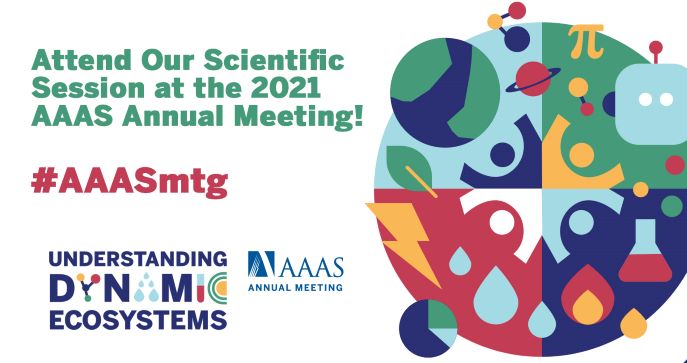 Scientific Session | Tuesday 9 February 2021
Scientific Session | Tuesday 9 February 2021
S&T Enthusiasts, Assist. Prof. Kirsi Lorentz's spotlight video on Cultural Heritage will be released on 9th of February 2021. Leave me questions and I’ll answer them on the 9th of February, at 8:00-8:45PM GMT+3 live panel or on the platform afterwards: https://aaas.confex.com/aaas/2021/meetingapp.cgi/Paper/27790 #AAAS
The theme of the 2021 meeting, Understanding Dynamic Ecosystems, took on a new and unexpected meaning as we examined how to maintain and enhance the many unique features of the AAAS Annual Meeting in a hybrid or virtual environment. AAAS aims to provide flexibility to discover new research, submit pressing questions ahead of live panel discussions and engage in meaningful conversations.
Twitter: https://twitter.com/CyprusInstitute/status/1357329808875732997
Researcher's Night | Friday 27 November 2020
Due to the covid-19 pandemic the 2020 European Researcher's Night was held online on the 27th of November. Our virtual booth titled 'From Archaeological Excavation to the Laboratory and the Synchrotron: Your Cypriot Ancestors' featured the current research being undertaken by Dr. Lorentz's team at the Cyprus Institute including our progress on the development of the osteobiographies and life stories of the ancient Cypriot individuals included within the FF-MAC project. Follow the link to access our European Researcher's Night 2020 material: https://prezi.com/view/NBoPHlKJ97LnEPMbkCzK/
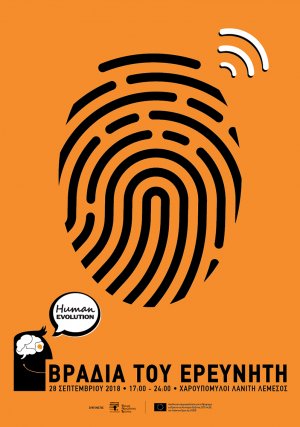 Researchers' Night | Friday 27 September 2019
Researchers' Night | Friday 27 September 2019
The “Researcher’s Night”, an event organized annually by the Research Promotion Foundation in Cyprus, is funded by the European Commission under the “Horizon 2020” Marie Skłodowska-Curie Actions. The event hold on the 27th of September 2019 in Nicosia (at the FILOXENIA Conference Center). The theme of 2019 Researchers' Night was the life sciences, while activities from all disciplines were presented.
Read more...



